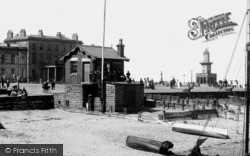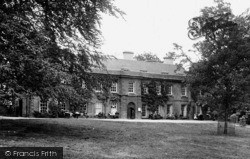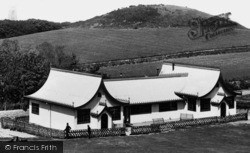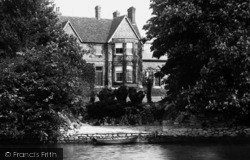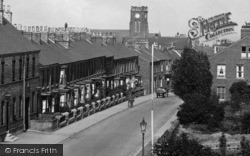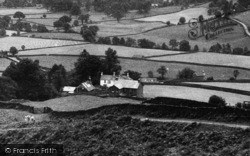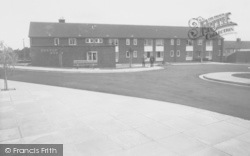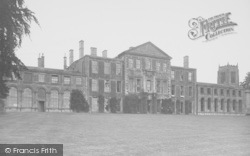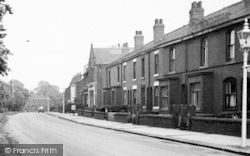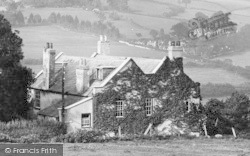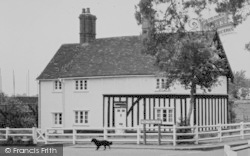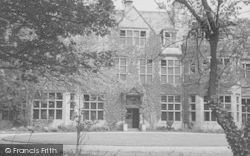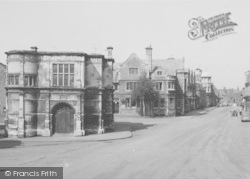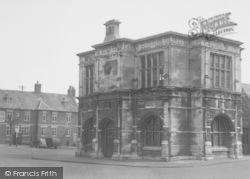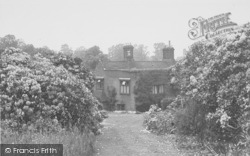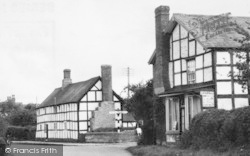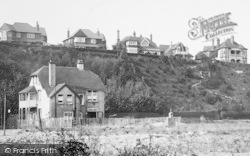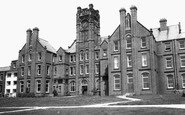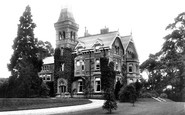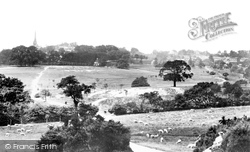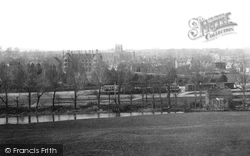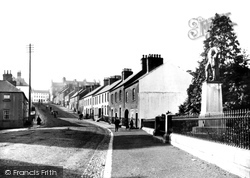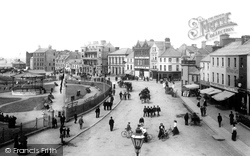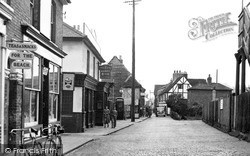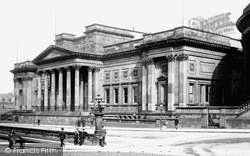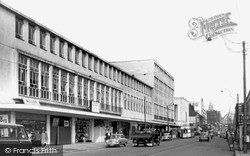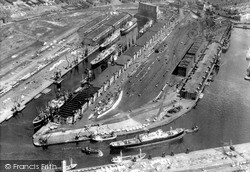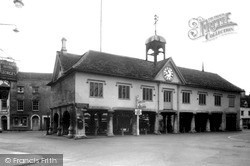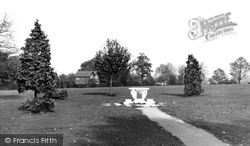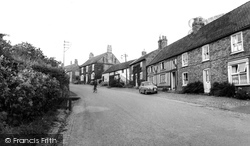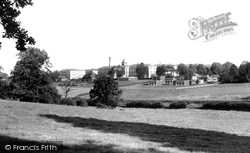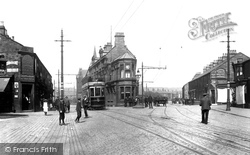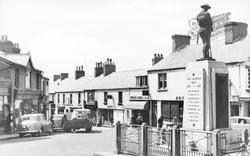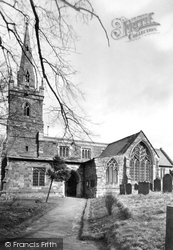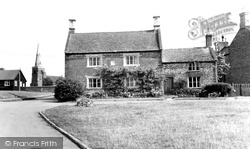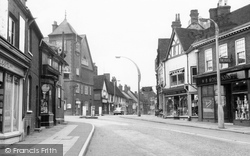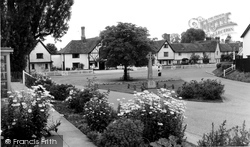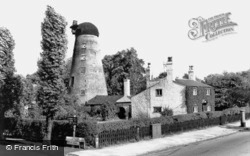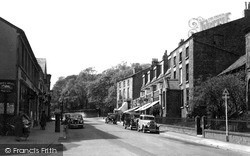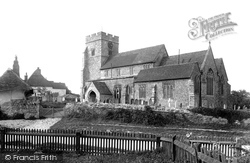Places
36 places found.
Those places high-lighted have photos. All locations may have maps, books and memories.
- Chatsworth House, Derbyshire
- Osborne House, Isle of Wight
- Brambletye House, Sussex
- Ickworth House, Suffolk
- Kingston Lacy House, Dorset
- Boscobel House, Shropshire
- Preshute House, Wiltshire
- Bolton Houses, Lancashire
- Brick Houses, Yorkshire
- Quaking Houses, Durham
- Water Houses, Yorkshire
- Bottom House, Staffordshire
- New House, Kent
- Mite Houses, Cumbria
- Lyneham House, Devon
- Church Houses, Yorkshire
- Dye House, Northumberland
- Spittal Houses, Yorkshire
- Street Houses, Yorkshire
- Tow House, Northumberland
- Halfway House, Shropshire
- Halfway Houses, Kent
- High Houses, Essex
- Flush House, Yorkshire
- White House, Suffolk
- Wood House, Lancashire
- Bank Houses, Lancashire
- Lower House, Cheshire
- Marsh Houses, Lancashire
- Chapel House, Lancashire
- Close House, Durham
- Guard House, Yorkshire
- Hundle Houses, Lincolnshire
- Hundred House, Powys
- Thorley Houses, Hertfordshire
- School House, Dorset
Photos
6,747 photos found. Showing results 5,541 to 5,560.
Maps
370 maps found.
Books
Sorry, no books were found that related to your search.
Memories
10,363 memories found. Showing results 2,771 to 2,780.
Wartime In Ivybridge 1939
I was one of ten little girls, plus our teacher, who arrived in Ivybridge as evacuees from Acton, London, at the outbreak of the Second World War. We were taken to a hall (probably at the school) where we were ...Read more
A memory of Ivybridge in 1940 by
Hazel Road
My father was born in 1930 and lived in Hazel Road, opposite the Supermarine factory. He left in the 1930s as his father, who was in the Navy, was moved to Coventry to become a recruiting officer. At the beginning of this year, I had the ...Read more
A memory of Woolston in 1930 by
Definately Not A Paint Tin! Woodford Wells
About a mile or so from South Woodford toward Buckhurst Hill, on the New Road, is Woodford Wells. My friend lived in the third house from the corner diagonally across from Bancrofts School. The ...Read more
A memory of South Woodford in 1942 by
Lemington Dance
Lemington Dance was held in a prefabricated building at the bottom of Woodburn Street, we used to go there on a Saturday and Sunday night, in fact I met my husband there. We would dance to all the 60s' music, great times. I think ...Read more
A memory of Lemington in 1962 by
An Ashbourne Childhood
My family moved to Ashbourne in 1942 when I was 6. I went to school at what must have been the last of the old "Dame" schools run by an elderly lady called Ethel Hunter. The school was at the top of a big house in Church ...Read more
A memory of Ashbourne in 1943
Friends
I remember going to school with Gillian Barsby and her brother, a miner called Mr Griffiths, he had a daughter Pat and lived in a house by the railway crossing. My step father was head lad for Bob Ward. After Bob Ward ceased training we ...Read more
A memory of Hazelslade in 1960 by
Childhood In Buckhurst Hill
I lived at 4 Fairlands Avenue, Buckhurst Hill. My parents moved there just before the Second World War, and I was born in April 1939. I well remember W.C.French Ltd's yard next to Fairlands Avenue fronting the ...Read more
A memory of Buckhurst Hill in 1940 by
Childhood Home
I lived at Gastard House from 1953-1967. By that time it had been converted into flats, and we had the ground floor. There were other children there as well, and we had acres of space to play, in spite of part of the gardens being used ...Read more
A memory of Gastard by
Your search returned a large number of results. Please try to refine your search further.
Captions
6,914 captions found. Showing results 6,649 to 6,672.
The modern white gabled houses in the distance, Swan Mews, were built in 1995.
The Heath, extending from Kenwood House in the north to an area around Parliament Hill in the south, occupies some 800 acres; it has been popular with artists and authors (and the Gordon Rioters) since
When the hotel finally closed, it was bought by Sherborne School and recommenced life as a boarding house in 1962. The river in the foreground is the River Yeo.
The main street is lined with comfortable houses as befits a well-managed estate, which brought in improved agricultural methods and established the linen industry.
Their mark on the scene is the stone-built Tower House to the left of the terraces. It was built in 1637, soon after the charter from James the First brought the Scots to make the new plantations.
The main shopping centre has moved up the hill to Leigh Broadway but this High Street is still popular with its cafes, public houses and antiques shops.
The William Brown Library, with its fine portico of six Corinthian columns, was built in 1860 to house the natural history collection of the 13th Earl of Derby; this had been bequeathed to the town in
Almost every decade saw the construction of a new city landmark: the Methodists' Victoria Hall in Norfolk Street in 1908, Sheffield Newspapers' Kemsley House in High Street in 1916, the City
Almost every decade saw the construction of a new city landmark: the Methodists' Victoria Hall in Norfolk Street in 1908, Sheffield Newspapers' Kemsley House in High Street in 1916, the City
No 8 dock is away to the right, and the area where the sheds are is now the Quay House.
was twice held by the Royalists, and was besieged by the unpleasant characters Colonel-General Poyntz and Colonel Rossiter, who were responsible for allowing the massacre of 140 defenders of Shelford House
Tetbury's Town Hall, or Market House, is one of the grandest of its kind found in the Cotswolds, and for centuries has been at the hub of the town's life and business.
The small house in the background is currently unoccupied and apparently derelict.
The only part of the much-rebuilt Norman Castle that remains is the Tower House and Great Chamber. William Inge was born here in 1860; he later became a controversial Dean of St Paul's Cathedral.
All has been swept away since, to be replaced by housing estates. The hospital's name is preserved in a road name: St Lawrence Way.
Duke Bar is on the outskirts of Burnley.The Duke of York public house can be seen in the centre of our picture.
the population of Cinderford stands at around 7,500, but up until the 19th century Cinderford was no more than a tiny hamlet clustered around the building that is now The Bridge Inn on Speech House
An attractive village south of the railway line and the River Wreake, Frisby has a number of good houses.
A 17th-century house built of ironstone and Collyweston slates, facing the large green but spoilt by an odd door.
The Town Hall now houses Baldock's fascinating museum. The lonely Vauxhall E Series (centre) drives towards Letchworth along Hitchin Street past the shops and inns.
When Hunsdon won the Hertfordshire Best Kept Village competition in 1960, the winner's sign was erected in the garden of the house next door.
Substantial tree growth has filled the gaps around the dwelling house in our picture, and the height of the trees has rendered the windmill barely visible from Moor Lane.
Teas are still being served on the corner of The Village and Arrowe Park Road at the Stone House Café (U36010, right), and the Horse and Jockey Hotel still occupies the junction of Rake Lane
By the gate leading into the churchyard are the overhanging eaves of the old priest's house, later to become the centre of the local Girl Guides troop.
Places (80)
Photos (6747)
Memories (10363)
Books (0)
Maps (370)




